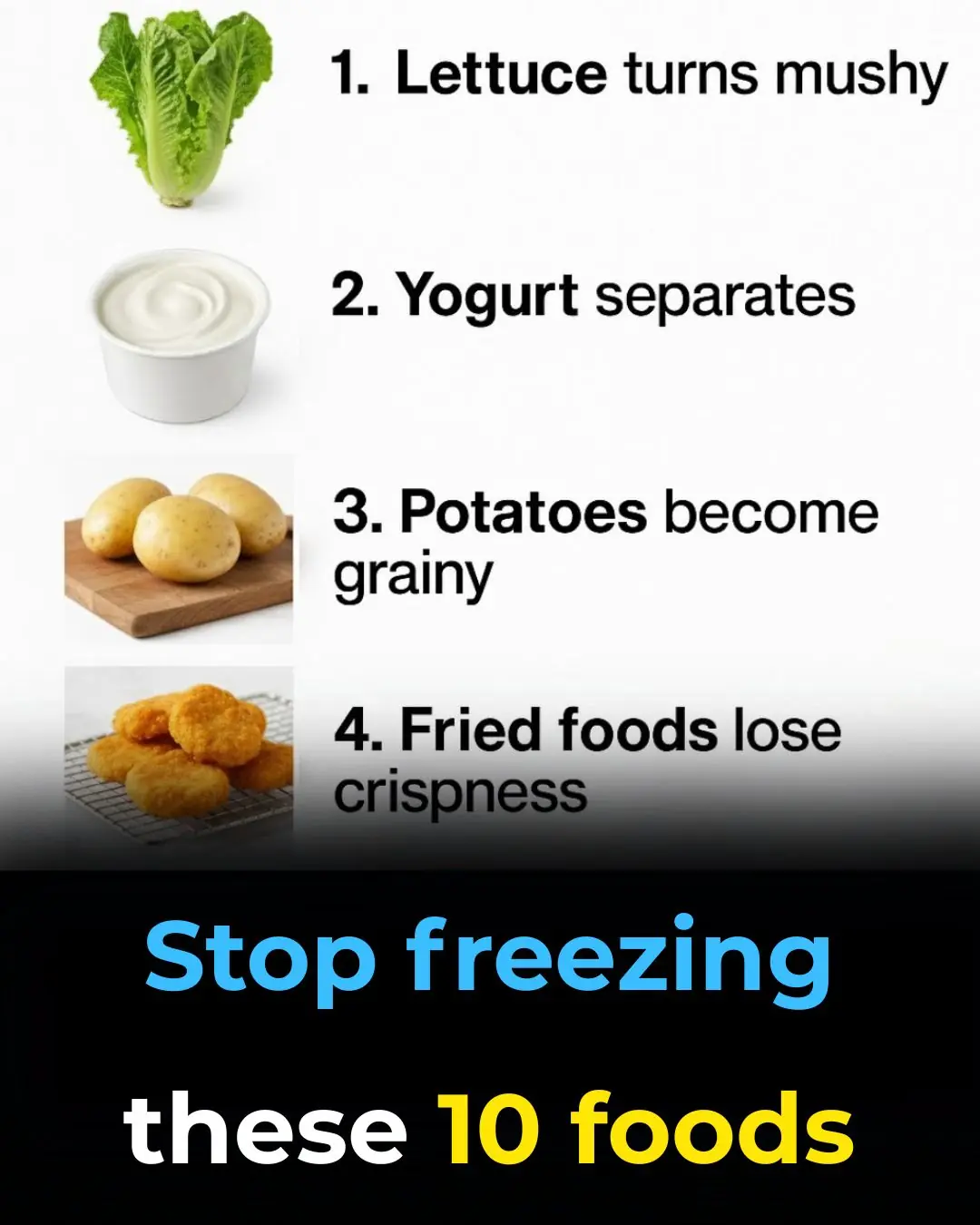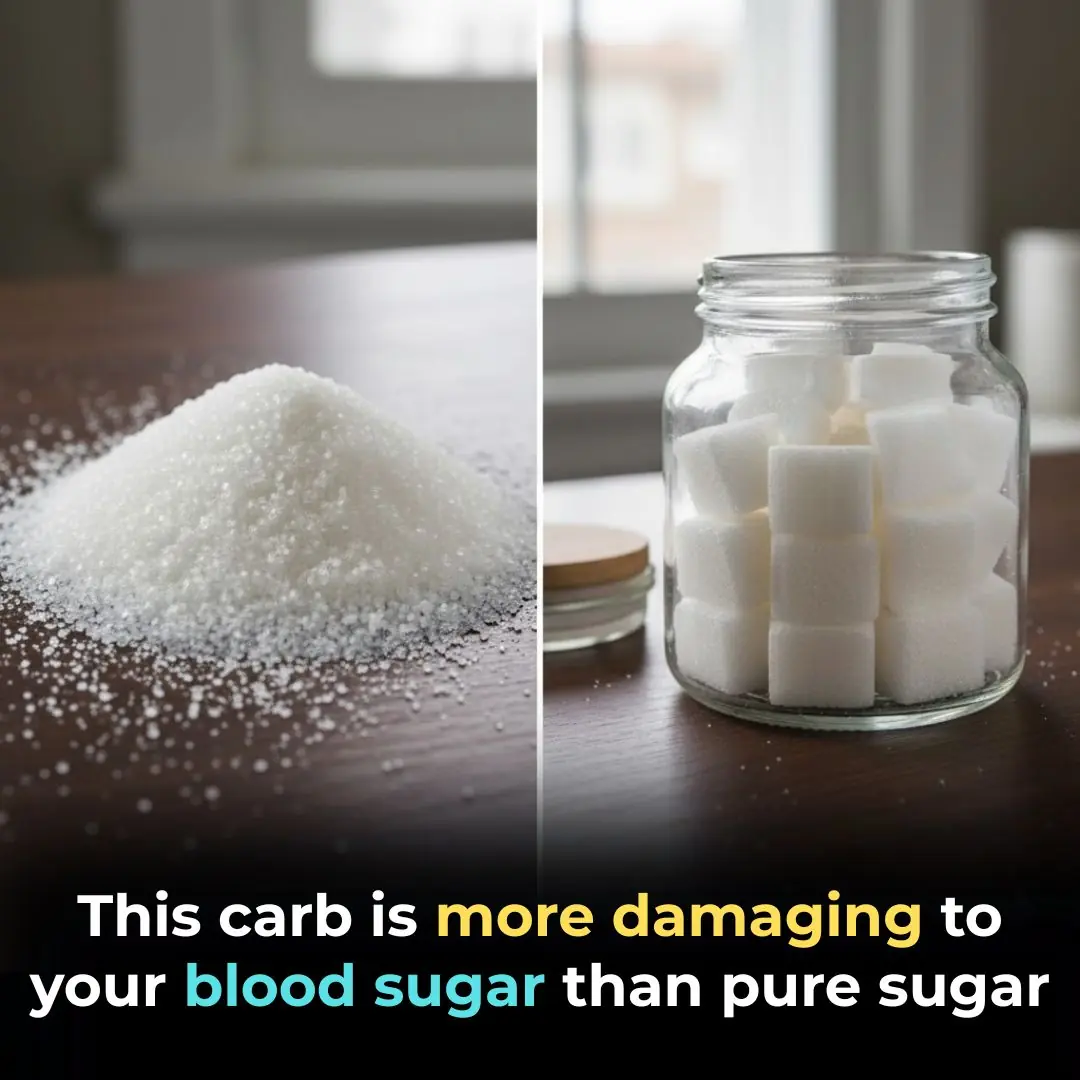
The Most Likely Symptoms of a Gallbladder Problem (Don’t Ignore Them)
The Most Likely Symptoms of a Gallbladder Problem (Don’t Ignore Them)
The gallbladder is a small, pear-shaped organ located just beneath your liver. Its primary function is to store and concentrate bile, a digestive fluid produced by the liver, which is essential for breaking down fats. When the gallbladder isn't working properly, it can cause a range of symptoms, from intense pain to changes in your bowel habits.
This article will outline the most common signs of a gallbladder problem and provide information on natural remedies and when to see a doctor.

What Are the Symptoms of a Gallbladder Problem?
Symptoms often arise when gallstones block the ducts, causing a "gallbladder attack." The pain can be excruciating and is a clear sign that you should pay attention to your gallbladder's health.
1. Intense Abdominal Pain
This is the most common symptom of a gallbladder problem.
-
Location: The pain is typically felt in the upper right abdomen, just below the ribs. It can be a dull ache or a sharp, stabbing pain that lasts for several hours.
-
Radiating Pain: The pain often radiates to your right shoulder, chest, or upper back. This is a classic sign of gallbladder issues.
-
Timing: The pain often comes on suddenly, intensifies quickly, and can be triggered by eating a fatty meal.
2. Digestive Symptoms
A dysfunctional gallbladder can severely impact your digestion.
-
Nausea and Vomiting: Many people experience intense nausea, often followed by vomiting, during a gallbladder attack. This is due to the digestive upset caused by the bile duct blockage.
-
Bloating and Gas: The inability to properly digest fats can lead to feelings of bloating, discomfort, and excessive gas.
-
Acid and Bile Reflux: A malfunctioning gallbladder can lead to a backup of digestive juices, causing symptoms of acid reflux or, in some cases, bile reflux, which is a severe, burning sensation in the stomach.
-
Chronic Diarrhea: If your body can't digest fats, they pass through your system, often leading to frequent, loose stools.
3. Changes in Stool and Urine Color
These symptoms indicate a more severe problem, such as a blocked bile duct.
-
Light-colored stools: A lack of bile entering the intestines can cause your stool to become pale, clay-colored, or whitish.
-
Dark Urine: If a blockage in the bile duct causes bile to back up into the liver and blood, it can cause your urine to become a dark brown or amber color.
4. Jaundice
A yellowing of the skin and the whites of the eyes, known as jaundice, is a serious sign of a bile duct blockage. This happens when the bile pigment, bilirubin, builds up in the bloodstream.
5. Fever and Chills
A fever accompanied by shivering or chills, along with severe abdominal pain, can be a sign of a gallbladder infection (cholecystitis). This is a medical emergency that requires immediate treatment.
What to Do About Gallbladder Problems
While severe symptoms require professional medical attention, many people can manage mild gallbladder issues with diet and lifestyle changes.
-
Gallbladder Diet: Avoid fried foods, fatty red meats, and highly processed foods. Instead, focus on a diet rich in whole grains, fruits, vegetables, and lean proteins.
-
Peppermint: Peppermint is a natural antispasmodic that can help relieve the pain of a gallbladder attack. You can drink peppermint tea or take peppermint oil capsules.
-
Apple Cider Vinegar and Apple Juice: Some anecdotal evidence suggests that drinking a mixture of apple cider vinegar and apple juice can help soften gallstones and alleviate pain during an attack.
-
Vitamin C: Taking Vitamin C supplements may help prevent gallstones from forming by aiding the conversion of cholesterol into bile salts.
When to See a Doctor
While some gallbladder symptoms can be managed at home, others are signs of a medical emergency. You should see a doctor immediately if you experience:
-
Sudden, intense pain that doesn't go away.
-
A fever and chills.
-
Severe nausea and vomiting.
-
Jaundice (yellow skin or eyes).
-
Passing gray-colored stools or having very dark urine.
News in the same category


DIY Under-Eye Clove Cream for Dark Circles

The Powerful Juice That Fights Anemia, Fatty Liver, and Blurry Vision Naturally

Remove Bad Odors from Your Refrigerator Overnight with These Simple Tricks

Castor Oil After 50: This Is What Happens After 7 Days Of Use!

Mix One Ingredient With Orange Juice To Flush Toxic Buildup From The Lungs
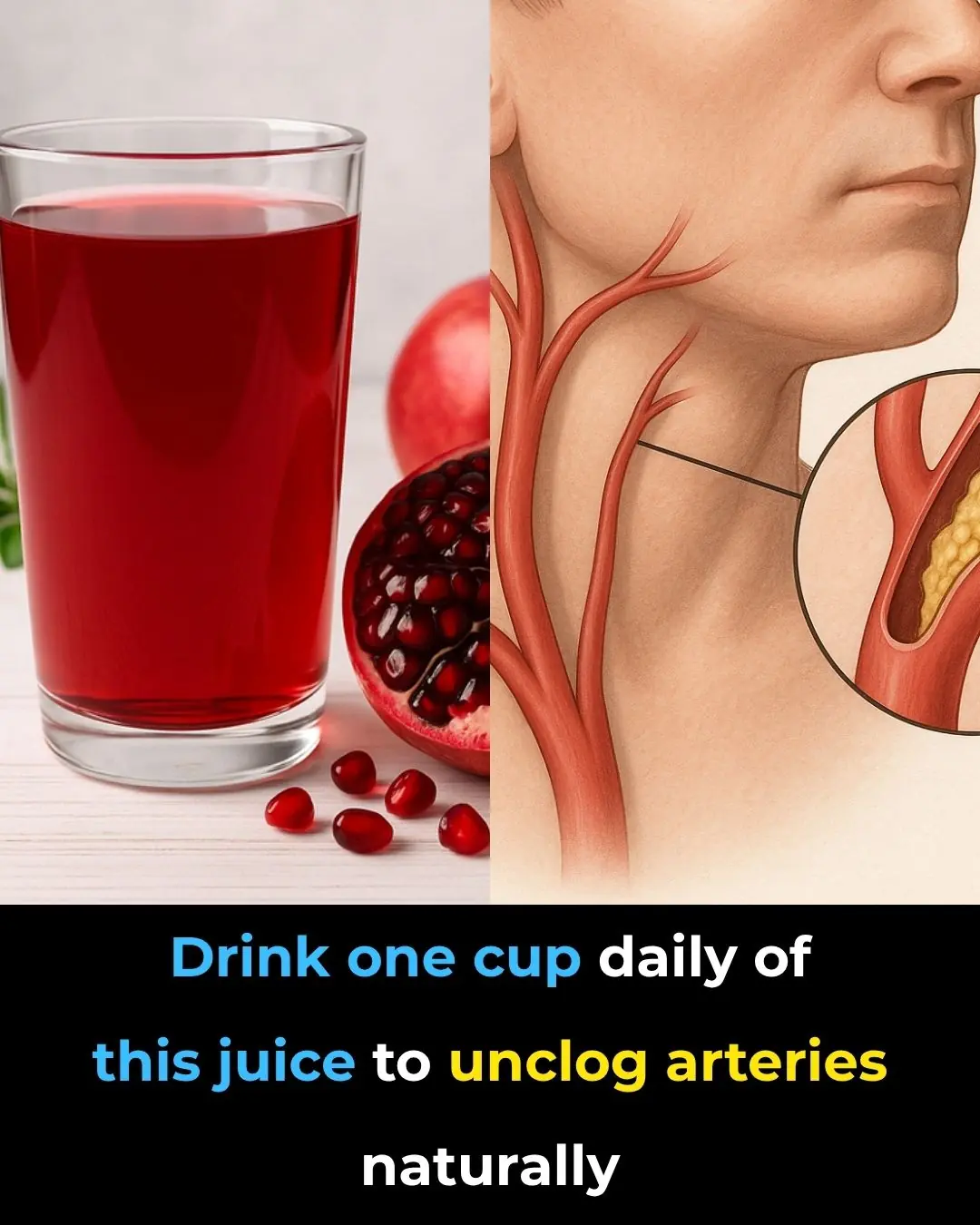
Drink one cup daily of this juice to UNCLOG arteries?
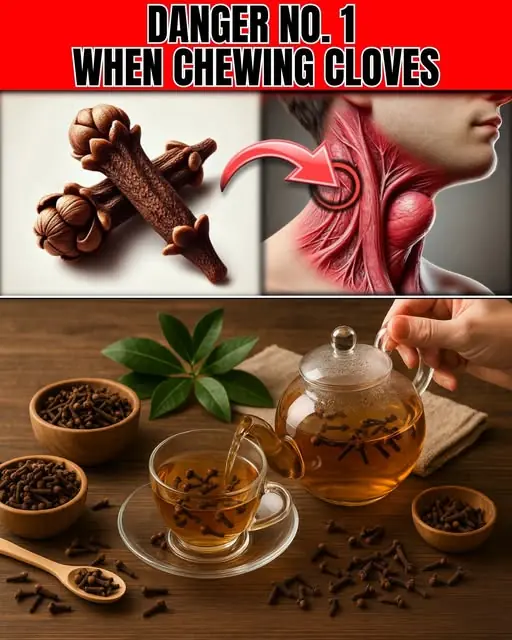
MISTAKE #1 WHEN CHEWING CLOVES (YOUR HEALTH IS IN DANGER)

Just tried to stop my daughter from doing this
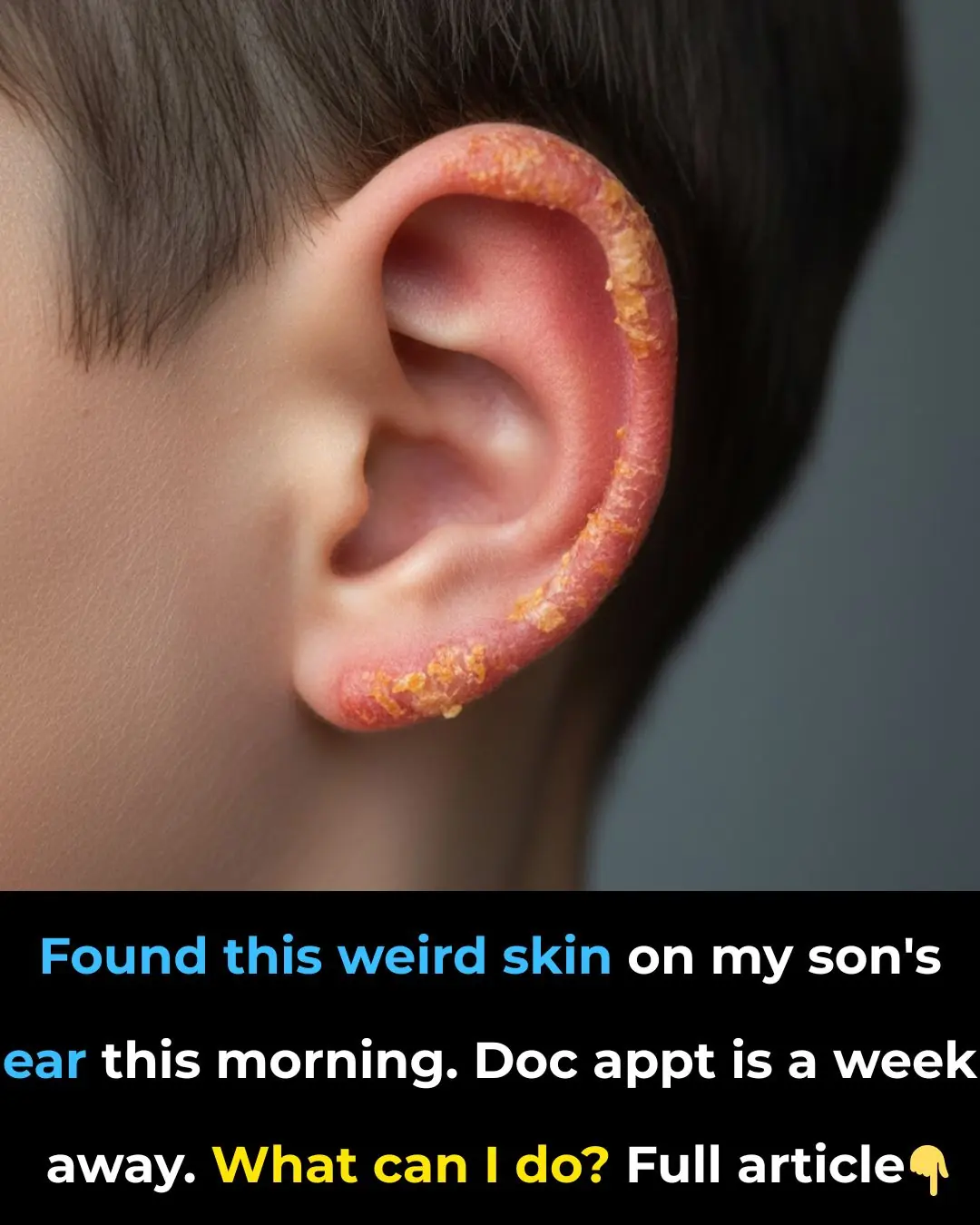
Found this weird skin on my son's ear this morning. Doc appt is a week away. What can I do?

3 Common Mistakes People Make When Eating Avocados

Acid reflux natural remedy that works in minutes
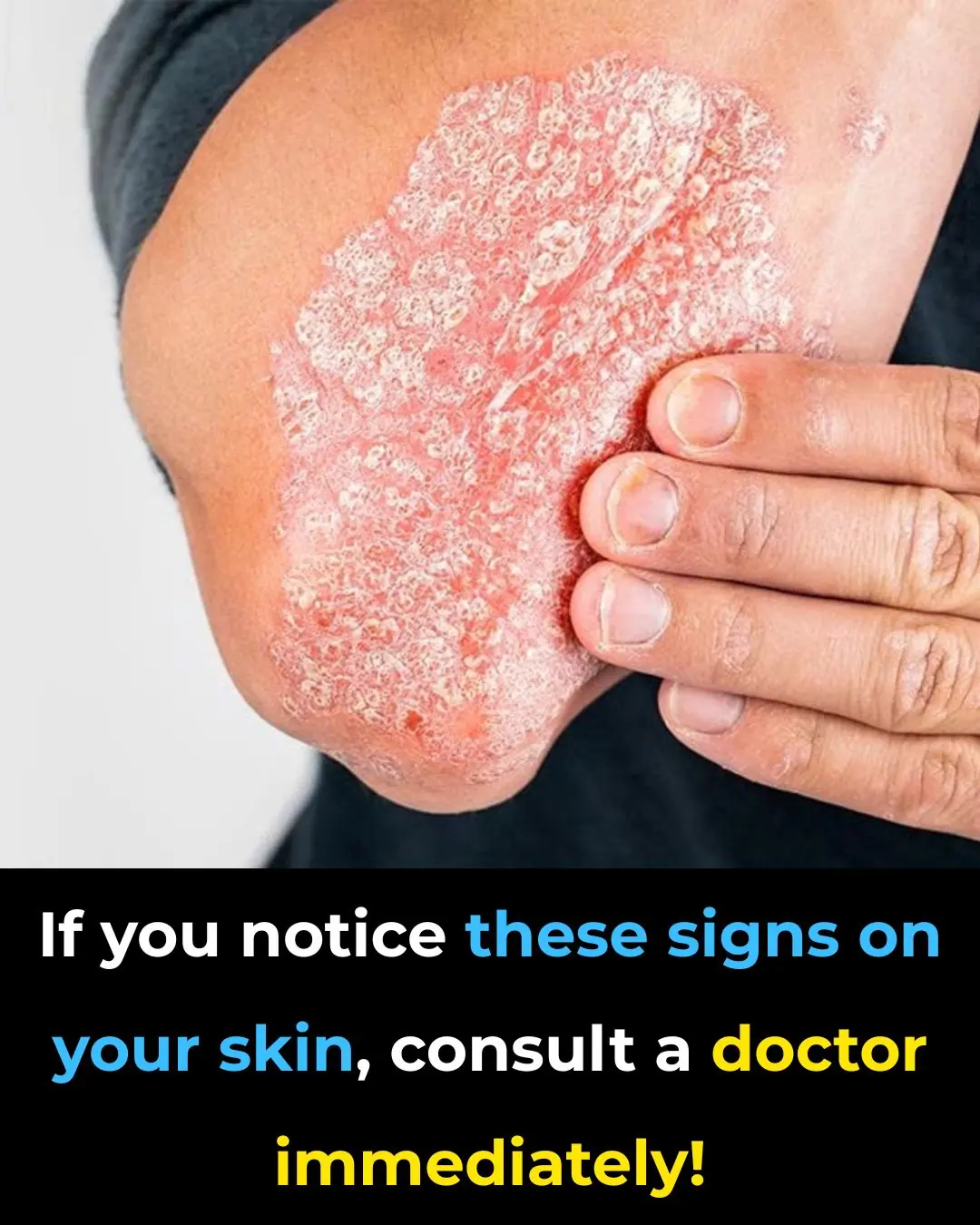
Warning Signs You Should Never Ignore on Your Skin

The 1-minute workout that’s up to 9x more powerful than your usual routine

Nine Year Study Finally Explains The Relationship Between Sugar And Cancer
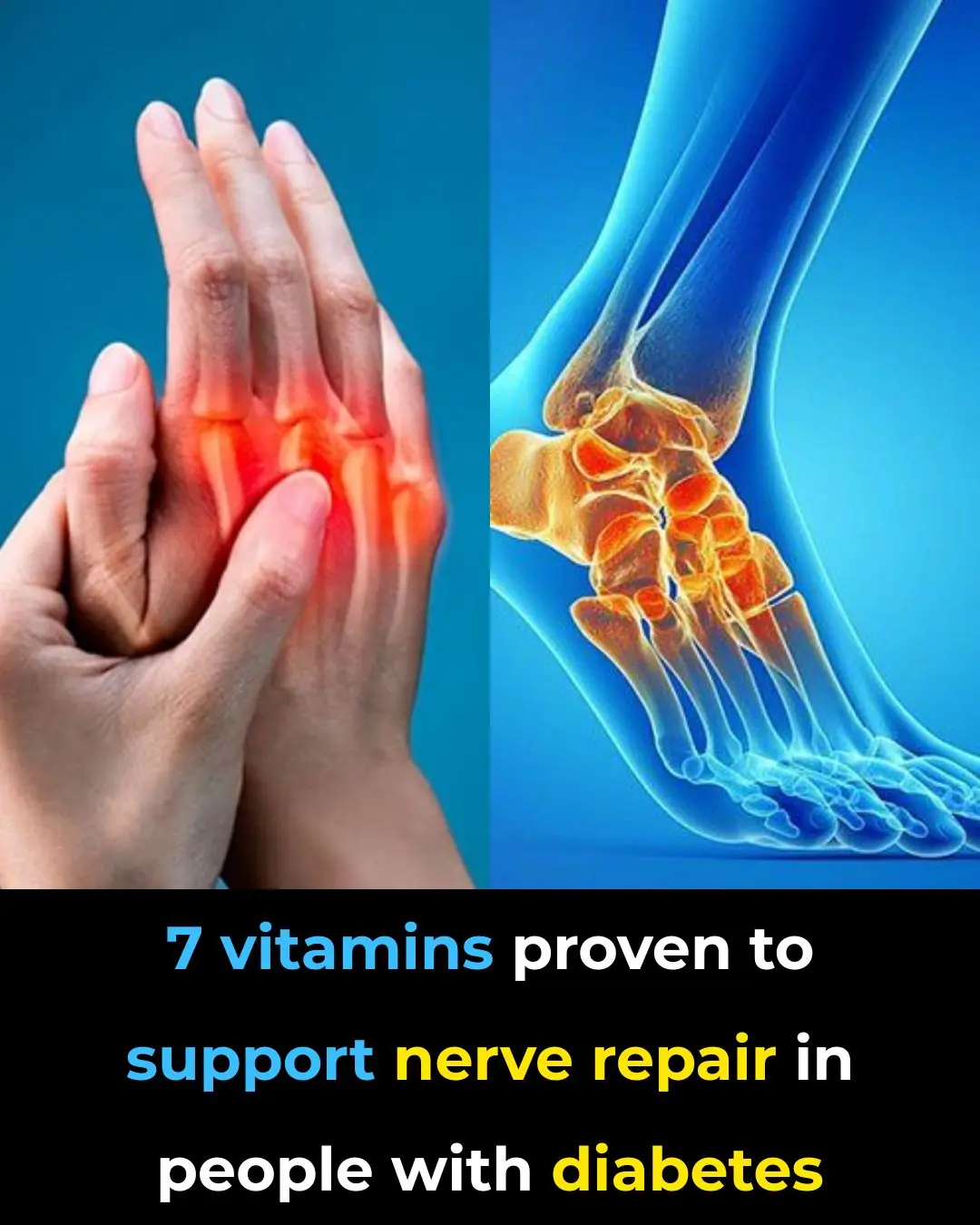
7 essential vitamins every diabetic needs for nerve health

🧠 A Neurosurgeon Says Your Legs Could Predict Dementia Years Before Memory Loss

7 Best Foods to Rebuild Your Muscle Strength After 50

The B Vitamin Solution: How to Lower Blood Pressure When Medications Fail
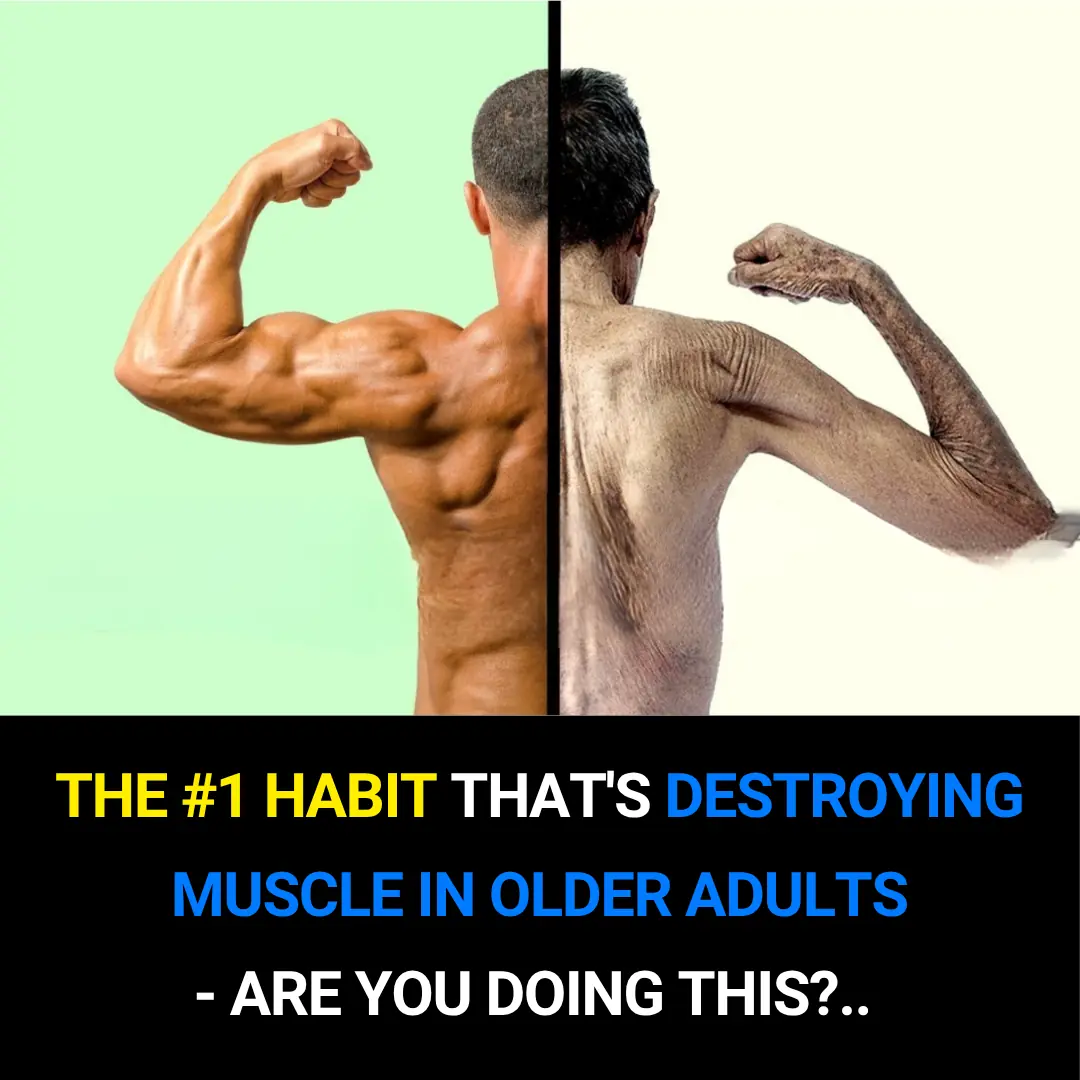
The #1 Habit That’s Quietly Destroying Muscle in Older Adults — Are You Guilty of This?
News Post

Most do this wrong. Here’s how often to clean gear in winter

Most do this wrong. Here’s how often to clean bedding in winter
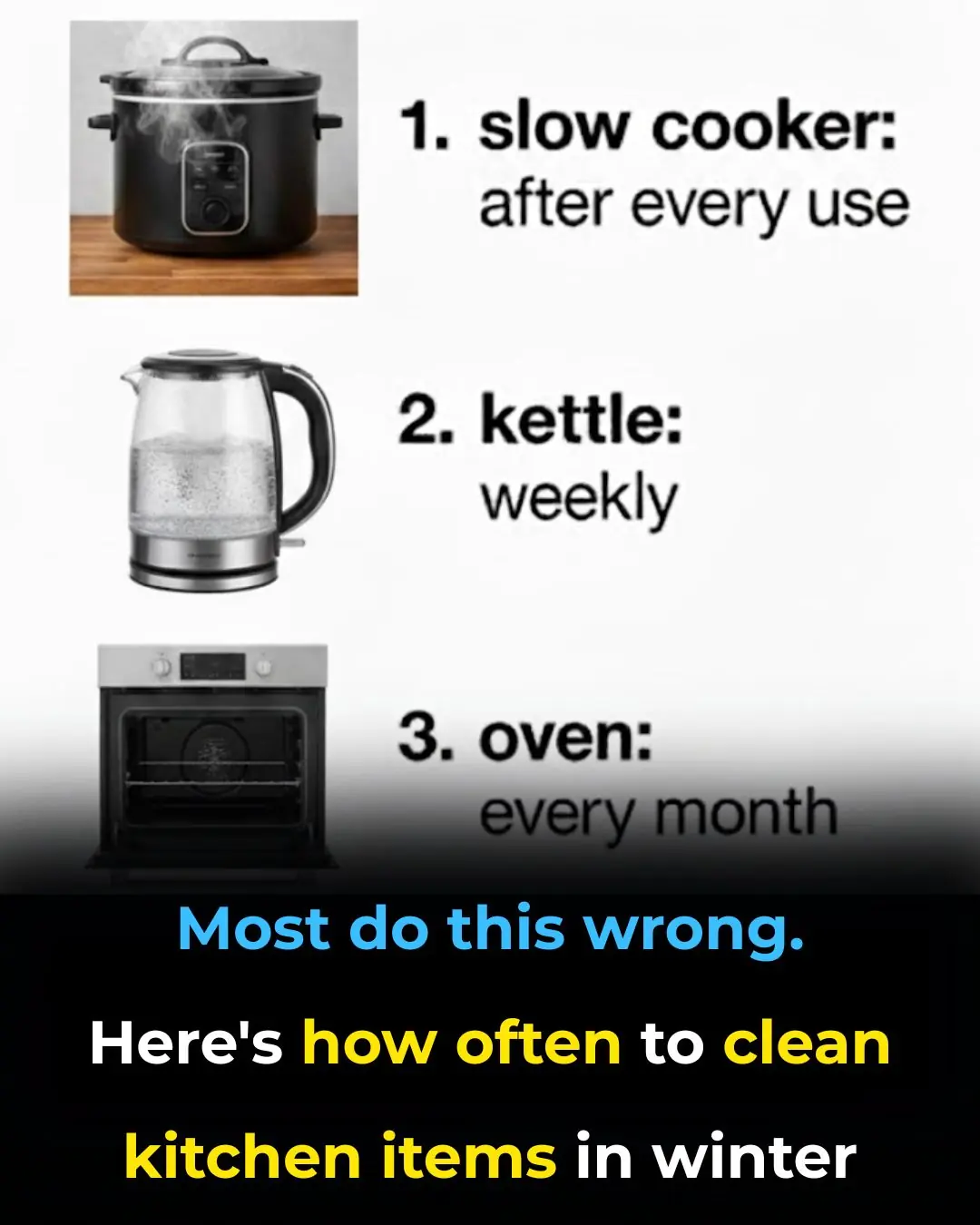
Most do this wrong. Here’s how often to clean kitchen items in winter

Most do this wrong. Here’s how often to clean appliances in winter

Most do this wrong. Here’s how often to refresh everything for winter

Double your hair growth with this “ONION JUICE” DIY

Salon like Keratin Treatment at Home

Mix Cloves with Vaseline: A Secret Skincare Hack

Homemade Potato and Rice Night Cream That’s Better Than Expensive Anti-Ageing Creams

Taylor Swift's brutal move after savage 27-second call

Alan Carr says Celebrity Traitors lie 'tore him apart' as he breaks down in tears at victory

Haley Kalil: The ‘unfortunate’ part of NFL divorce story exploding

This carb is more damaging to your blood sugar than pure sugar

DIY Under-Eye Clove Cream for Dark Circles

Person 'sucked into plane engine' before takeoff dies in airport tragedy

The Powerful Juice That Fights Anemia, Fatty Liver, and Blurry Vision Naturally
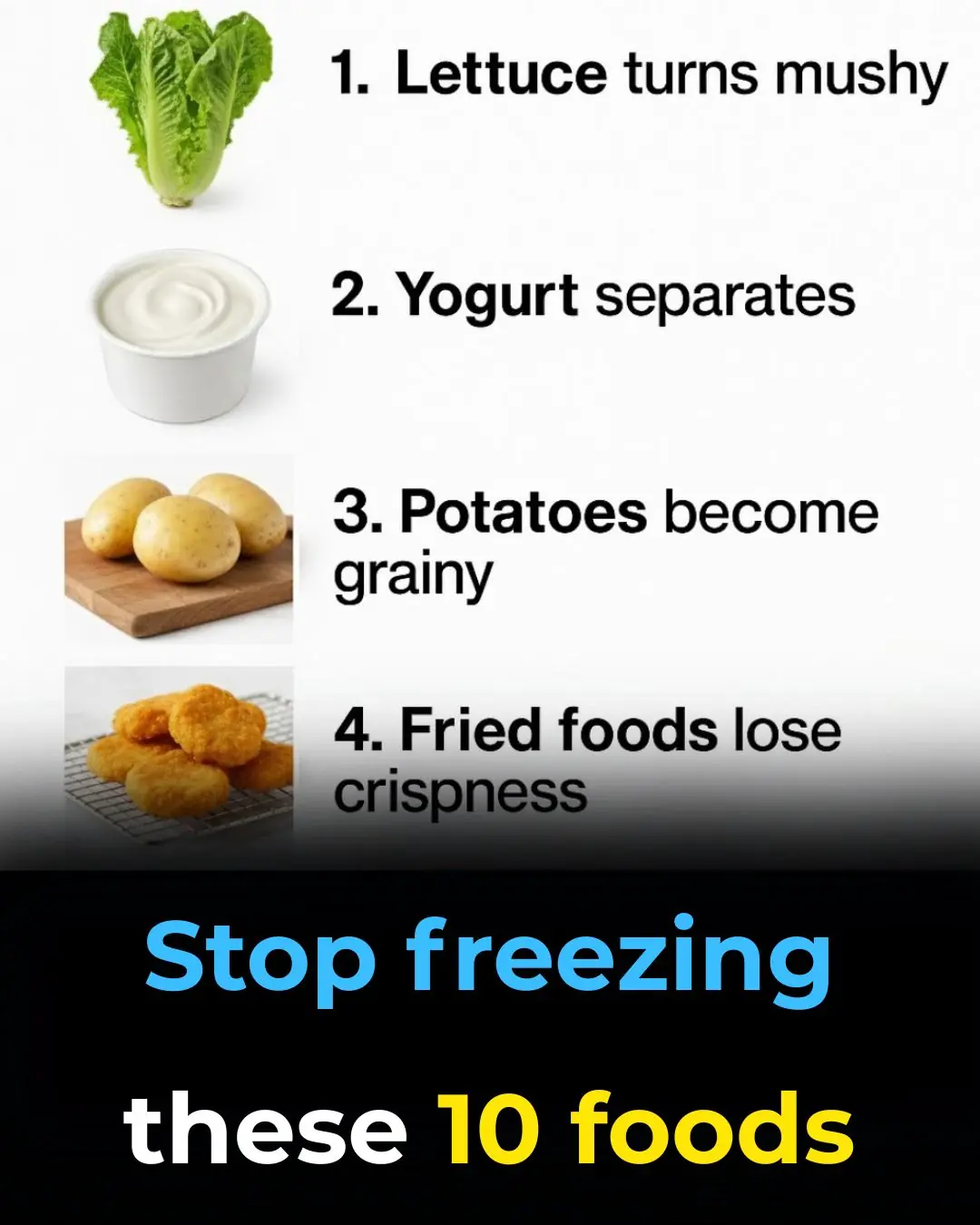
Stop freezing these 10 foods

10 top types of house spiders & how to get rid of each one

These ideas are brilliant
